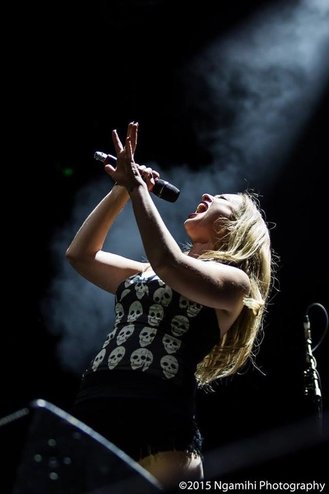 I N T E R V I E W Ngamihi Pawa, Photographer by Ian Duggan Photographs by Ngamihi Pawa Hamilton has had a succession of great band photographers. Most recently we have seen a lot of Ngamihi Pawa attending gigs, with her awesome photos appearing on Hamilton Underground Press’ website, Undertheradar.co.nz, and elsewhere. We caught up with Ngamihi to talk about who has inspired and influenced her, and the bands she has photographed. HUP: Ngamihi, I have seen you taking photographs at a number of gigs, including many for Hamilton Underground Press. How did you get into taking photos of bands? Ngamihi: My partner is my inspiration. I tagged along to all these shows he wanted to go see. I didn't even know who some of them were at the time — don't hate me for not knowing who the Flaming Lips and Throwing Muses were, I was mainly there for the free drinks and to have a good time! We were living in Australia, and the very first band I photographed (non-published) was Dimmer. It was from there I started to enjoy the live music scene. I was immersing myself into a lot of different genres such as Indie, Punk, J Rock, Folk and Metal. A lot of bands I got to shoot were from New Zealand including the likes of The Bats, Headless Chickens, Shihad, Tiki Taane, The Verlaines, The Brunettes and Liam Finn. We returned to New Zealand in 2012 to raise our son and It wasn’t until the end of 2014 when my son was older that I decided to pick up my camera again. HUP: In March, you took photos for ‘Undertheradar’ at the Jesus and Mary Chain gig at the Powerstation. How did that opportunity come about? Ngamihi: I am lucky enough to be a photo contributor to online sites such as your own, undertheradar.co.nz and muzic.net.nz. It can be difficult getting media accreditation to big shows without the help of these sites. The JAMC show came about through my contacts with UTR, who published the shots. It is a real honour to get to shoot legendary bands such as JAMC, J Mascis, Slash, Gorilla Biscuits and Jeff Tweedy. HUP: Have there been any photographers that have inspired you, or have influenced your work with respect to your band photos? Ngamihi: There are two recent photographers who have inspired me. One who is local and pushes the boundaries with flash — Matt Henry Photography. I love his work and he's given me a few tips on how to use camera flash. The other is Manuwino Live Photography, who is a French music photographer who uses ambient lights to his advantage and his black and white photos are awe inspiring. HUP: Are there bands that you have photographed where you felt the results were particularly good? Ngamihi: My first ever big assignment for Undertheradar was the 2015 Slash ‘World on Fire’ tour at Claudelands Arena. The stage felt 12ft tall and when the bright lights came up I kind of freaked. I was not used to so much light on stage and it was also my first time hearing Devilskin, who blew me away. I walked away with some great shots of both bands and I even had a guy who wanted to use one of my photos for a painting. HUP: You have taken photos of bands from a variety of genres. What are your favourite bands, from Hamilton and elsewhere? Ngamihi: Some of the Waikato bands I have shot recently that I enjoyed were Medusa Glare, Sterling Archer, Deathnir, The Recently Deceived and just recently El Jay Hall. Some of the out of town bands include Bakers Eddy, Skinny Hobos, Brendon Thomas and the Vibes, Eb & Sparrow and Alien Weaponry. HUP: Your photography is not just a hobby; you also run ‘Ngamihi Photography’. What sort of photography does your business cover? Ngamihi: My full time job is as a freelance photographer, which covers music, portraits, corporate events, weddings and I am now branching out into videography. Check out Ngamihi’s website here: http://www.ngamihiphotography.com And her Facebook page here: https://www.facebook.com/ngamihiphotography
0 Comments
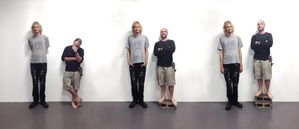 I N T E R V I E W Joseph Scott & Robert Forrester - On flatting, the design process, and doing whatever the fuck you want. By Eliza Webster In advance of their upcoming show A Collection of Works at Skinroom in Frankton (opening Friday the 8th of April), I figured, what an opportunity to get to know the guys behind the work. Joseph Scott and Robert Forrester have turned up in the last couple of days with armfuls of branches and I’ve caught them lugging cinder blocks and chain up the stairs. In amongst the advance of displaced nature into the gallery have arrived some delicate works of copper wire and paper plates that balance the larger pieces beautifully, and they keep on coming! This show is set to be a ripper - come and join us in the chaos. How long have you been working together? Have you worked together before? Robert: How long ago did you move in? Joseph: Late 2014? This is the first time, oh we did Trees At The Meteor together last year, so that was the first time. But yes, we spend a lot of time just sitting around talking, experimenting with stuff. We’re always constantly rearranging and making installations in the house. R: We have this creative space that we’ve been nurturing so that we can do whatever we like – but it’s not too unreformed. But literally we’ll just be arranging stuff in the house, pushing stuff around you know, bread tags, bits of junk. And like Box City – that started on the mantelpiece, then it got moved to the fridge, then it got too big for the fridge so it went to the lounge…I guess there is a sense in the flat that has been nurtured that is being creative and doing whatever the fuck you like is totally acceptable so long as it’s not fucking stupid. And I really think that it works, I mean it’s worked for me, and definitely worked for Joseph. J: That was the idea we wanted to bring into here [Skinroom]. R: I don’t think we’ve even scratched the surface of that. Like I mean we could come here for six weeks, easily, doing shit, crazy shit and it would just get more and more dense. J: You bring the work in and that’s just whatever rubble we’ve got lying around, and then it’s an organizing exercise. So it’s kind of like a design process? J: Yeah… There was just a point where, while we were working at the flat we would just start up little installations in the bedrooms, so one day we would just set up a room, taking things and kind of curating some kind of area, and there would be a time where I would sleep in that room. We were test driving this show in the living room, so we moved everything out and painted it up and I slept in there and then I went to another bedroom and yeah, that’s where I work, so you’ve got things like that coming through – the process of shifting around, and then works from the garage and yeah different objects coming in from different places. So I’ll move round and give the works different identities and things like that. So have you been making art forever, has that always been your thing? Or were there other plans? J: Yeah I was always drawing as a kid and as a teenager - like I’d always be copying stuff, like off the TV. There was a point where I was studying, and because we had to, I was trying other things. And now, where I am now, Robbie has been pushing me to try more and more stuff. The mentor? R: The slave driver. I went to Hamilton Boy’s High, I stayed there till I was 15, then I went to Hillcrest High School. There was a friend of mine who was very fashionably and culturally aware way before anyone else I ever met ever: “Hey come to Hillcrest, its great!” So I turned up at Hillcrest and she left, which I though was hilariously funny. And so yeah I had a creative streak that was definitely my own and other people really noticed it… I mean I was interested in creating my own kind of stuff, like I was sewing my own clothes, oil painting and being quite flamboyant and colourful. It kind of expanded out from there; ended up in Christchurch, and it was great growing up in Christchurch in the nineties, I fell in with a really artistic crowd, played music, 2D, 3D. So to answer the question, yes. The first time I started using a camera I was about maybe 7 or 8, and then my dad threw the camera on the roof because I kept clicking it too much. So would you say you have a specific practise now? Is there a thing you like to do? R: Really what I want to do is teach people stuff. And facilitate them. And maybe help them find something that they are interested in doing, and then just in parallel with that, keep focusing on the things that I find interesting. And whether it’s art, or artistic, or creative. Mr. Scott is my case I’m trying to activate and it’s been very interesting. I help a lot of people and I’m kind of waiting for that investment to come back. So would you consider teaching as a job? R: I definitely would consider teaching as a job, as a career choice for me, but I frankly can’t go through the hoops. To teach informally, yes. To even start something on my own away from the state then yeah. Actually I thought about starting a monastery! But more about science and art! And you go there and you only study science and art all the time. Have you figured out your sort of practice, or are you still fiddling? Don’t plan to figure it out at all? J: I feel like I am thinking a couple of shows ahead or something like that. I was involved with Casbah Gallery. I was one of the people doing that with Priscilla [McIntosh], Lisa [Rayner], Craig McClure, and Karl Bayly, and the deal was we each got to run a show, and then we’d help facilitate the other shows. So I spent all last year planning for that. I was constantly making things here and there, listing things. When Casbah stopped, we had to move out. I was kind of happy I didn’t manage to get that idea. I was constantly at that point: “oh there’s nowhere to show at the moment…” When I talked to Geoff [Clarke] about this [exhibition], he asked who else at the house was doing stuff, and I mentioned Robbie. So then we decided we’d do a show, and then that changed again because then there was another person working. I started thinking a bit more about that sort of workshopping thing that we’re always doing at the house, and again the idea changes. It’s good to have someone else to work off of as well, because it means you edit out, and what they do takes up the space that is missing in your work. So my process comes together organically, it comes from staple ideas and attitudes that help me navigate themes. So do you want to do this forever? Just keep making stuff? J: Yeah. I mean I love it as well, even if you’re making stuff that isn’t as good. It gives you some sort of outlook on things, I like that sort of organisational conceptual stuff. What would be your dream project? J: I mean I like the idea of everything culminating in a really good thing, but hopefully that doesn’t happen really early on, then you fizzle out. I’d like to figure out some way of moving around a lot so you’re not always producing one thing, but you know wherever your practise is, you can look through and take care of more than one thing. You’re versatile enough to move around, interesting to look at instead of pressing the same button over and over again. Any closing statements for the masses? R: If you’re going to go study something, or you’re in the process of studying, it doesn’t really matter what you believe in, you should be learning from people that are competent. They’ll teach you how to learn, and maybe they’ll teach you how to learn in your chosen field, but they basically propel you forward. They should be ladders that take you to your place. I guess at the end of the day you have to have good teachers, it’s really important to be able to trust them. And they don’t have to be super fucking amazing on paper, they just have to be able to lead that class into productive happy stuff. A Collection of Works opens on Friday the 8th of April at 6pm. Make sure you come along, bring your mum and dad. Skinroom Level 1, 123 Commerce St Frankton Hamilton skinroomgallery.com facebook.com/skinroomgallery 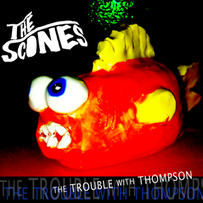 R E V I E W The Scones – The Trouble with Thompson EP By Ian Duggan A couple of months ago I reviewed The Scones EP, ‘Go Ahead, Bake my Day’, which is available via Soundcloud. It turns out, however, that this wasn’t considered by the band to be an official release at all, but merely a collection of rough recordings posted on the internet. Now, though, they give us their first official release, the five track EP ‘The Trouble with Thompson’. A couple of songs on the EP are derived from those early sessions, ‘Scones’ and ‘The Red MG’. Scones is a great little song, upbeat and with interesting, light-hearted lyrics, which essentially makes a comparison between people and scones. The lyric “They’re Sultanas, from Foodtown” perhaps gives an idea that some of these songs have been around for a little while, with Foodtown having shut its doors around four years ago; nothing a change to its rhyming replacement Countdown wouldn’t fix, perhaps! ‘The Red MG’ I find to be another highlight, with its chord progressions and vocals somewhat reminiscent of mid-career The Verlaines. However, while some of the early songs gave a suggestion of a heavy Flying Nun influence, this is far less evident in the previously unreleased tracks here. This is a band that seems to be finding its own voice, with its own style. Overall, this is a great collection of well-crafted pop songs, both musically and lyrically. I hope The Scones gain the following they deserve based on their outputs to date, both from Hamilton punters and elsewhere, and that they continue to keep cooking up further pop gems for a while yet. |
Archives
July 2022
Categories |
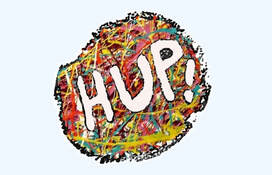
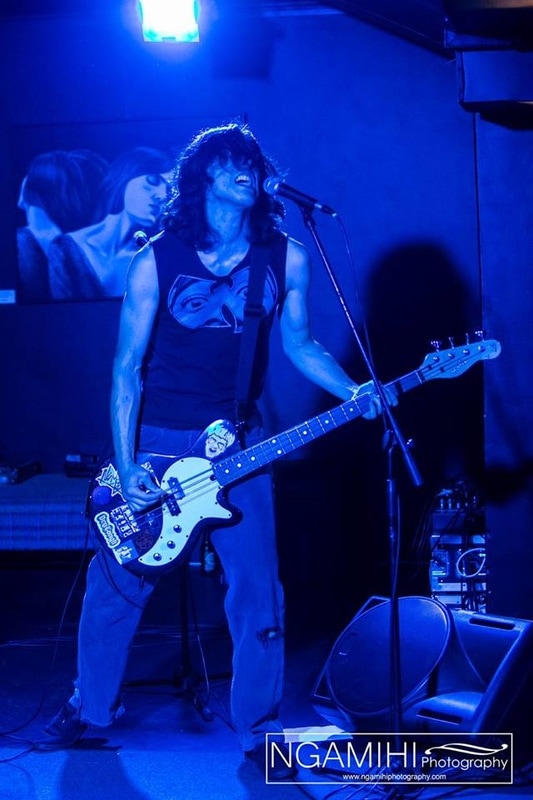
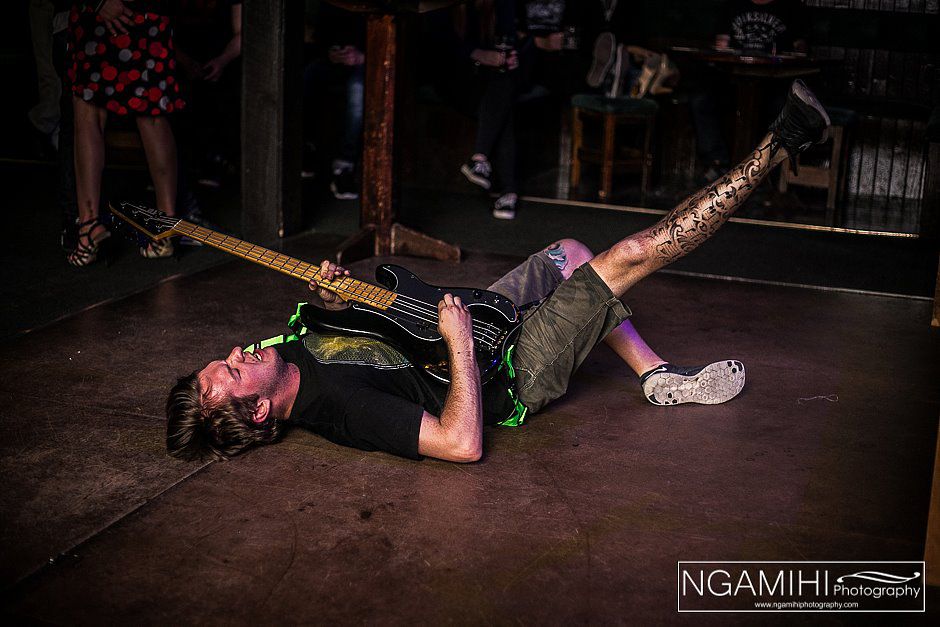
 RSS Feed
RSS Feed
